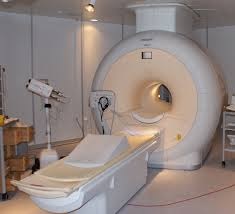 If you are like us, you have a variety of over the counter (OTC) pain relievers stashed in a variety of places: your medicine cabinet, your purse, your office desk, and even in your car. You may rely on your favorite OTC to knock out that impending headache or that recurring muscle pain.
If you are like us, you have a variety of over the counter (OTC) pain relievers stashed in a variety of places: your medicine cabinet, your purse, your office desk, and even in your car. You may rely on your favorite OTC to knock out that impending headache or that recurring muscle pain.
These OTC’s include aspirin, acetaminophen (Tyelonol), ibuprofen or naproxen. Naproxen and ibuprofen are part of a class of drugs called NSAIDs (non-steroidal anti-inflammatory drugs).
The question you need to ask yourself (and your health care team!) is this:
What is the safest OTC pain reliever?
The answer is: It depends.
We know you might hate answers like that, but it’s true. So what are the factors in determining the safest pain reliever?
- Your overall health condition. If you have diabetes or impaired kidney function, the NSAIDs may not the best choice. The same is true if you have digestive disorders, as NSAIDs can upset the stomach or even cause ulcers. And the most recent research indicates that NSAIDs are not recommended following heart bypass surgery. On the other hand, acetaminophen should be avoided if you have any liver diseases.
- What ails you? In general, acetaminophen is the “gentlest” of the OTC’s, and it can be effective for lowering fevers and for general aches. Because acetaminophen combines effectiveness with lower risks, it is typically recommended for both children and the elderly who are running a fever. However, most people prefer NSAIDs for menstrual cramps or muscular aches.
- What other drugs do you take? OTC’s interact in a variety of ways with other drugs, sometimes adversely. Your doctor and pharmacist are your best resources for devising a regimen to deal with a whole host of pain incidents.
Always follow the dosing instructions exactly when taking OTC pain relievers and take the smallest dosage that is effective for you. Always take medication under the guidance of your physician and be sure your health care team is aware of your entire health history, including your current diagnoses and medications.
You may want to refer to our earlier blog which includes an OTC comparison chart.






